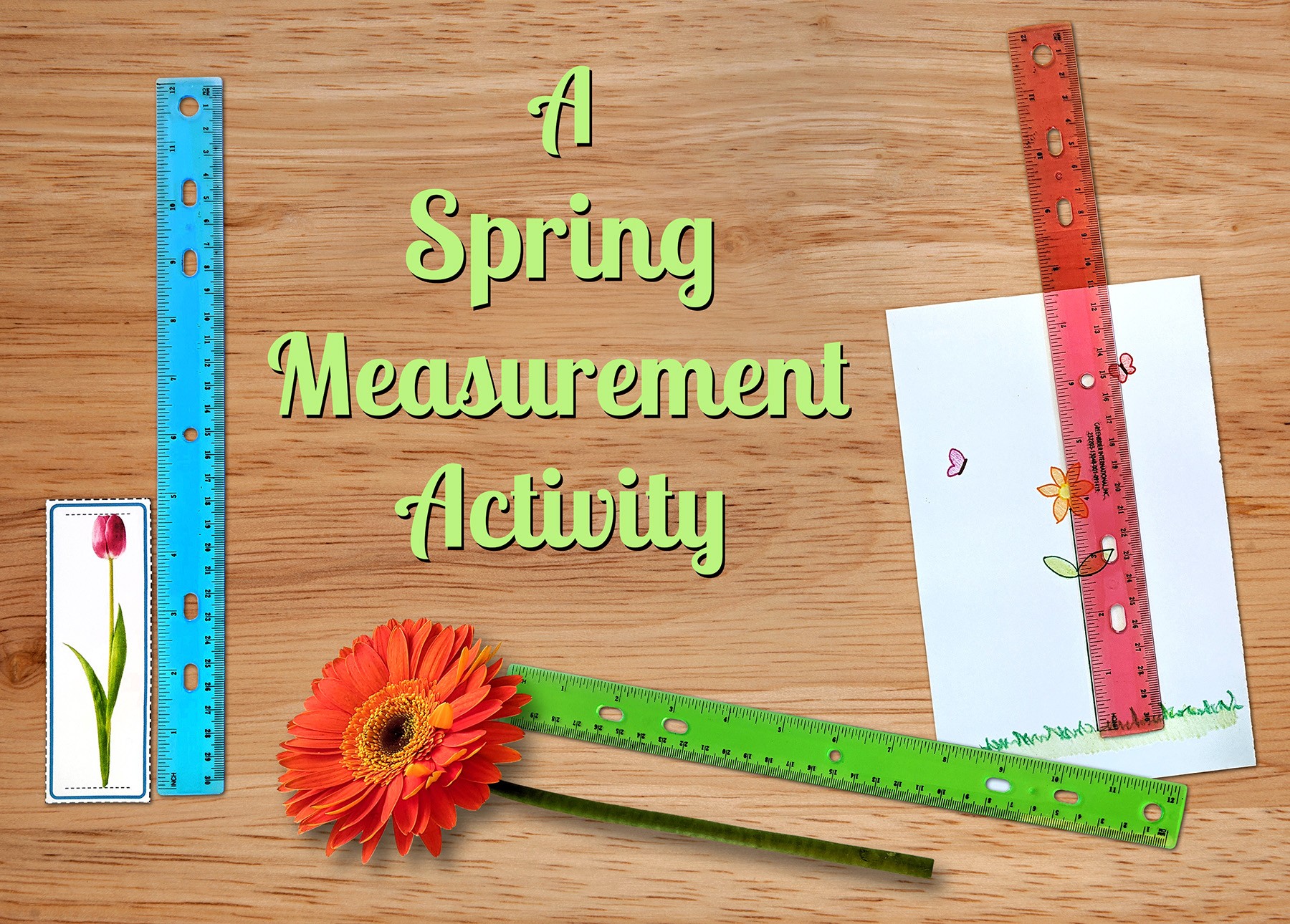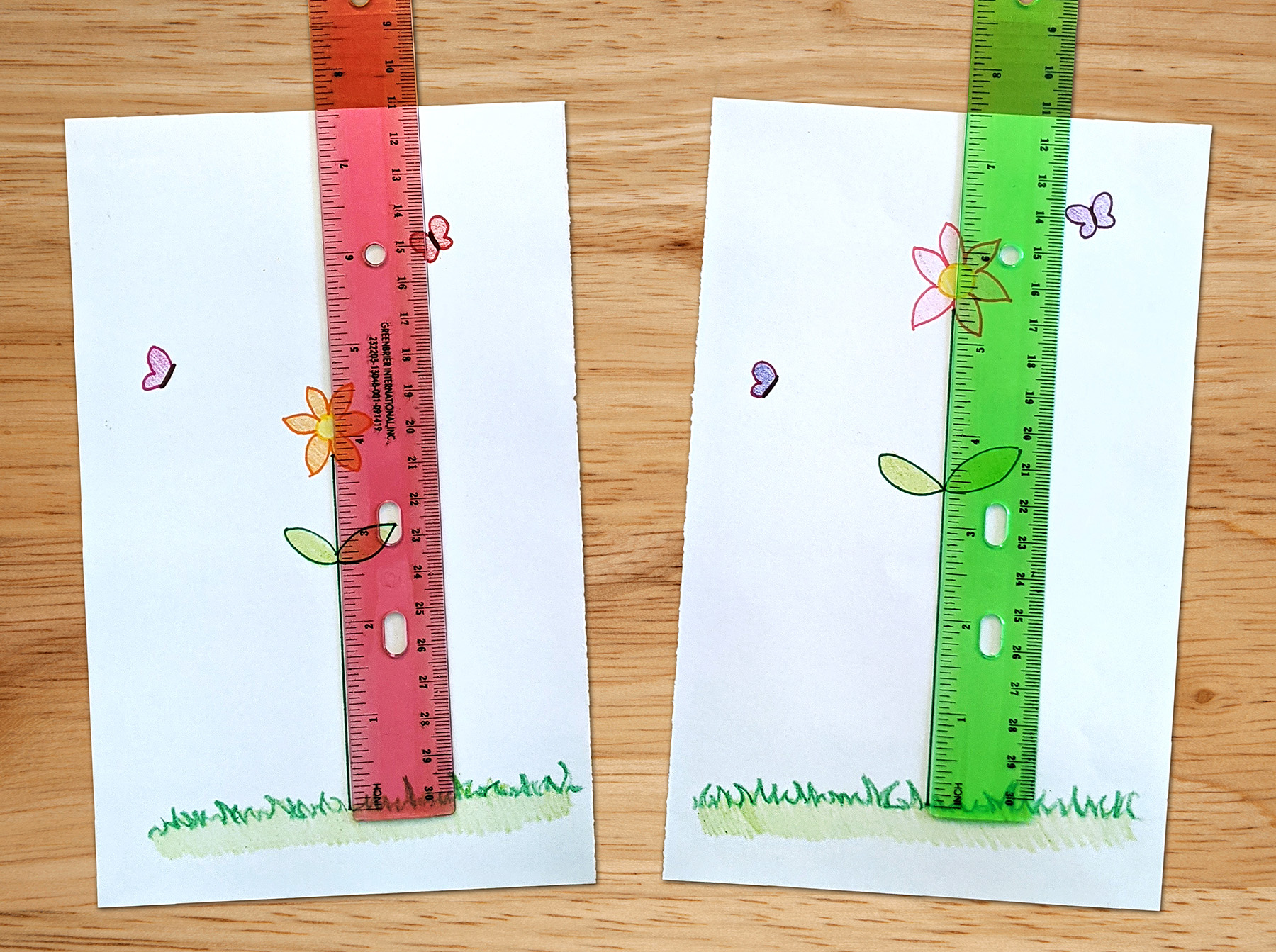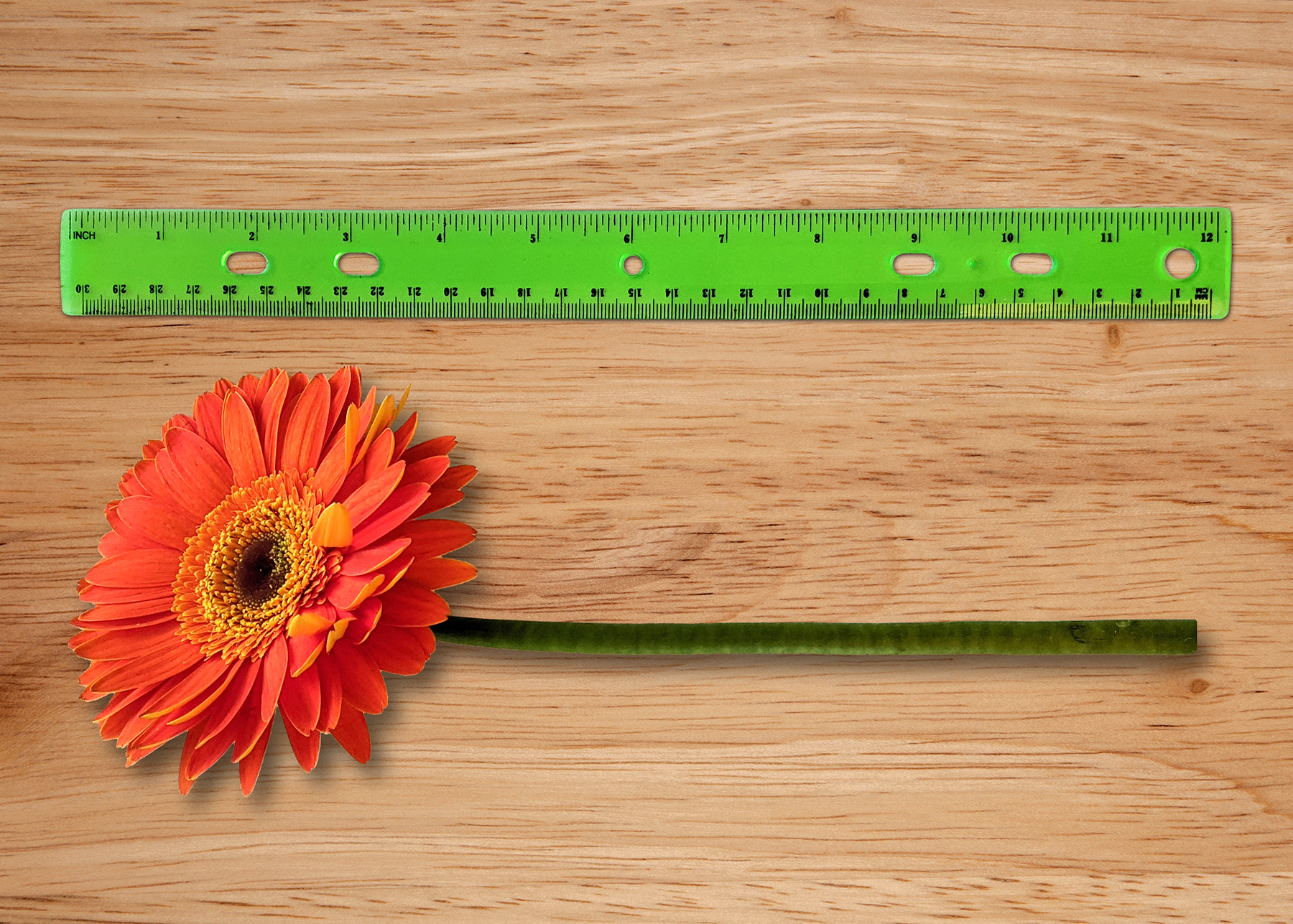
Spring has arrived and plants are springing to life all around! Challenge your students to put their measurement skills to the test this spring with a fun math activity that teaches them to measure the height of flowers using standard and metric units. Your students will discover that flowers aren't the only things growing this spring—their math skills are too! Read on to find out more.
In this hands-on measurement activity, students will practice measuring the height of flowers with standard and metric units. You can choose to do this math activity a few different ways. Here are some options:
Or you can try a combination of all three measurement methods!

If your students will be drawing their own flowers to swap with a partner, they will need markers, colored pencils, or crayons, and drawing paper.
If you opt for the store-bought flowers, make sure you have at least one flower for every student. Gerber daisies, carnations, and tulips are frugal, yet pretty, options.
You can print out these handy flower flashcards if you're looking for a no-mess, no-fuss option for this activity.
Make sure your students have a ruler, a pencil, and a notebook on hand as well.
Once you decide which version of this activity you would like to do with your students, it's time to get measuring!

First, students will measure the height of the flower in standard units. You may want students to take an exact measurement or round to the nearest whole inch. Students will use their ruler to measure the height of the flower in standard units and record the measurement in their notebook.
Next, students will measure the height of the flower in metric units. Again, you can decide whether your students need to provide an exact measurement or round to the nearest centimeter. Students will use their ruler to measure the height of the flower in metric units and record the measurement in their notebook.
Here are a few tips to help you and your students make the most out of this activity:
We love hands-on activities like this spring-themed measurement activity that challenge kids to put their math skills to the test in a real-life setting. We hope you and your class will have fun growing your measurement skills this spring!
Did you try this measurement activity with your class? We want to hear from you! Drop us a line in the comment section below to tell us how it went. Don't forget to tag @iknowit on social media so we can check out your springtime math adventures!
To check out more fun, interactive math activities for your elementary students, be sure to visit the full math lesson collection on iKnowIt.com.